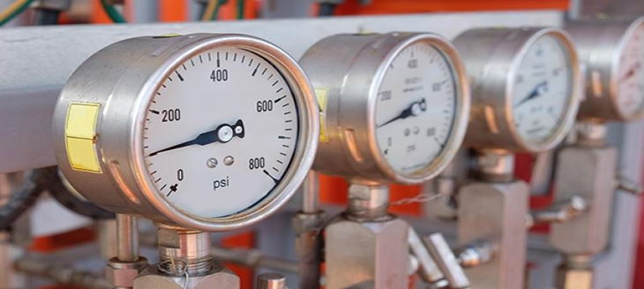
ISO-8573 is an international standard that specifies the quality of compressed air. It provides guidelines for measuring and classifying the purity of compressed air, which is crucial for various industrial applications. The standard covers different contaminants that can affect air quality, including solid particles, water, and oil.
Key Components of ISO-8573
Contaminants: The standard identifies several types of contaminants that can be present in compressed air:
Solid Particles
Water
Oil (aerosol, vapor, and liquid)
Classes: Each contaminant is classified into different classes based on the allowable limits:
Class 0: Highest purity (often used in critical applications)
Class 1 to Class 8: Gradation of purity levels, with Class 8 being the least pure
Measurement Methods: The standard outlines various methods for testing air quality, ensuring consistency and reliability in results:
Particle Counting
Water Content Measurement
Oil Content Measurement
Importance of ISO-8573 Compliance
Compliance with ISO-8573 is essential for industries that rely on compressed air, such as:
Pharmaceuticals
Food and Beverage
Electronics Manufacturing
Aerospace
Maintaining the required air quality helps prevent contamination, ensures product quality, and enhances operational efficiency.
Conclusion
Understanding and adhering to ISO-8573 air quality testing is vital for industries that utilize compressed air. By following this standard, organizations can ensure their processes are safe, efficient, and compliant with regulatory requirements.
For more information:
Please email: Sales@QualityAirTesting.com
Website: www.QualityAirTesting.com
Comments